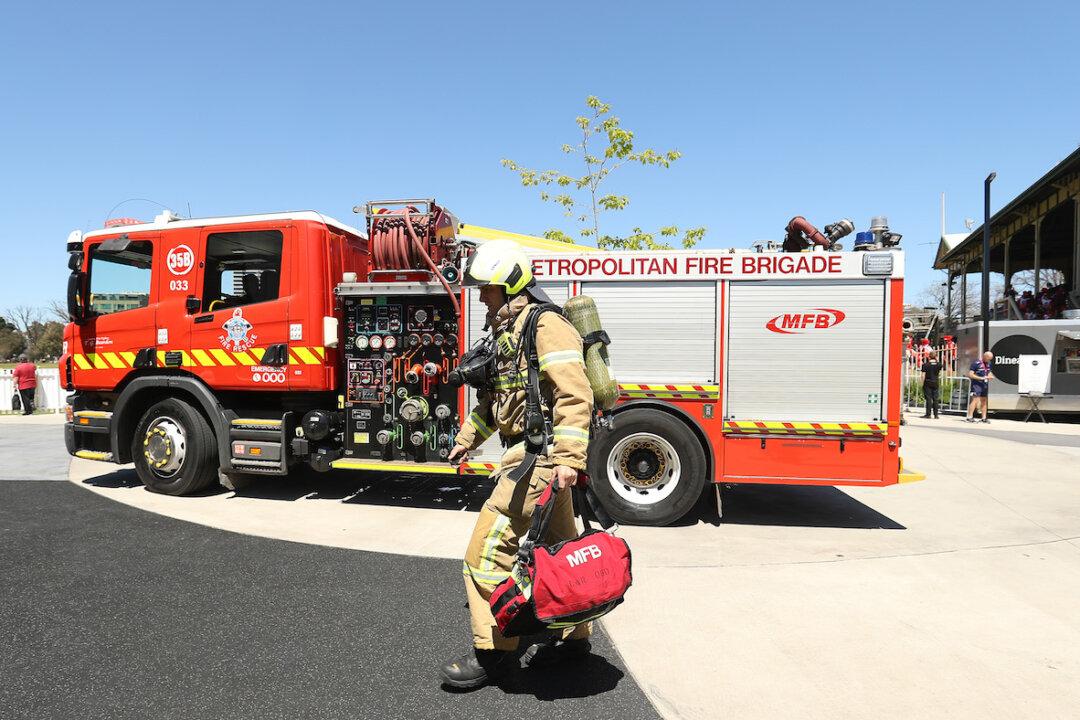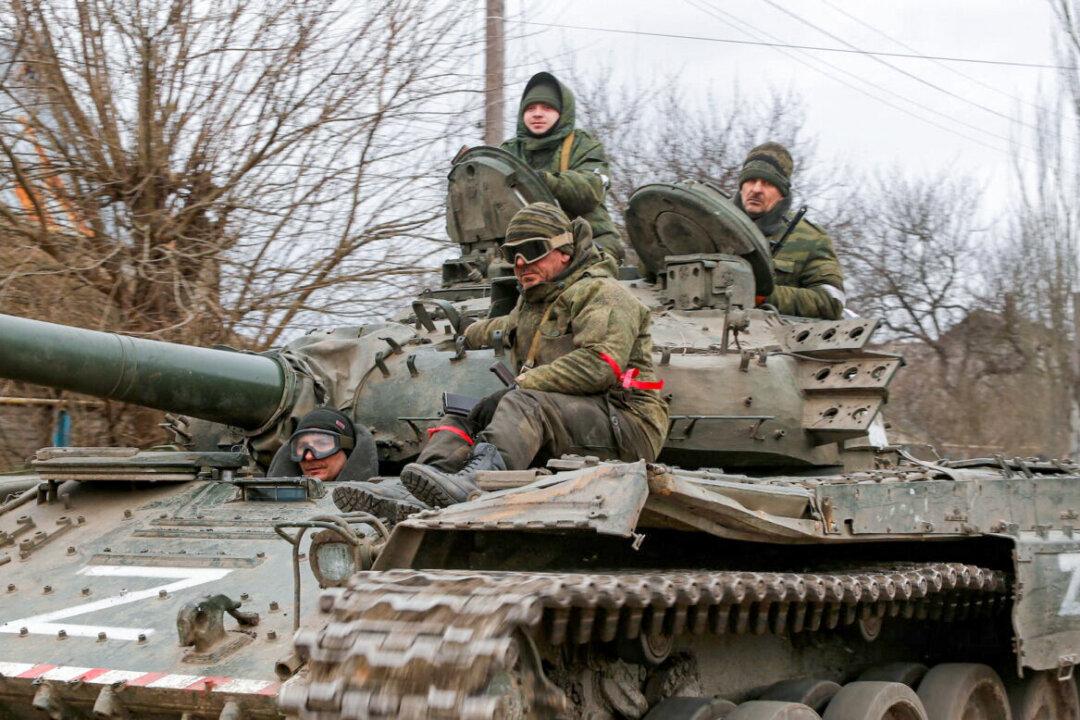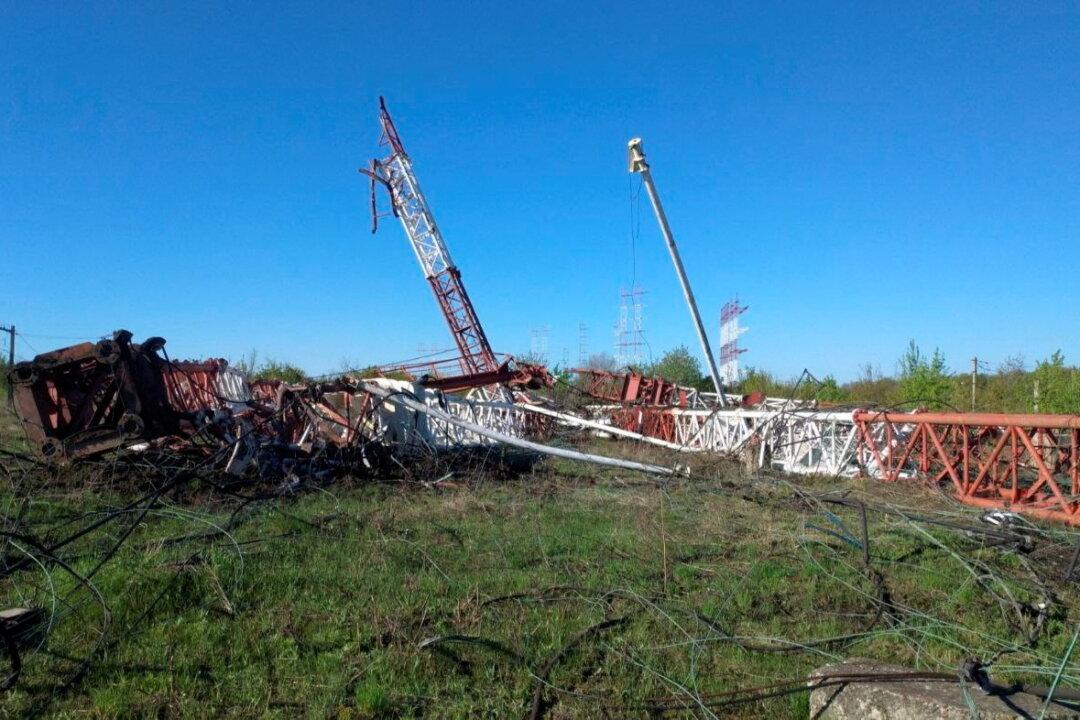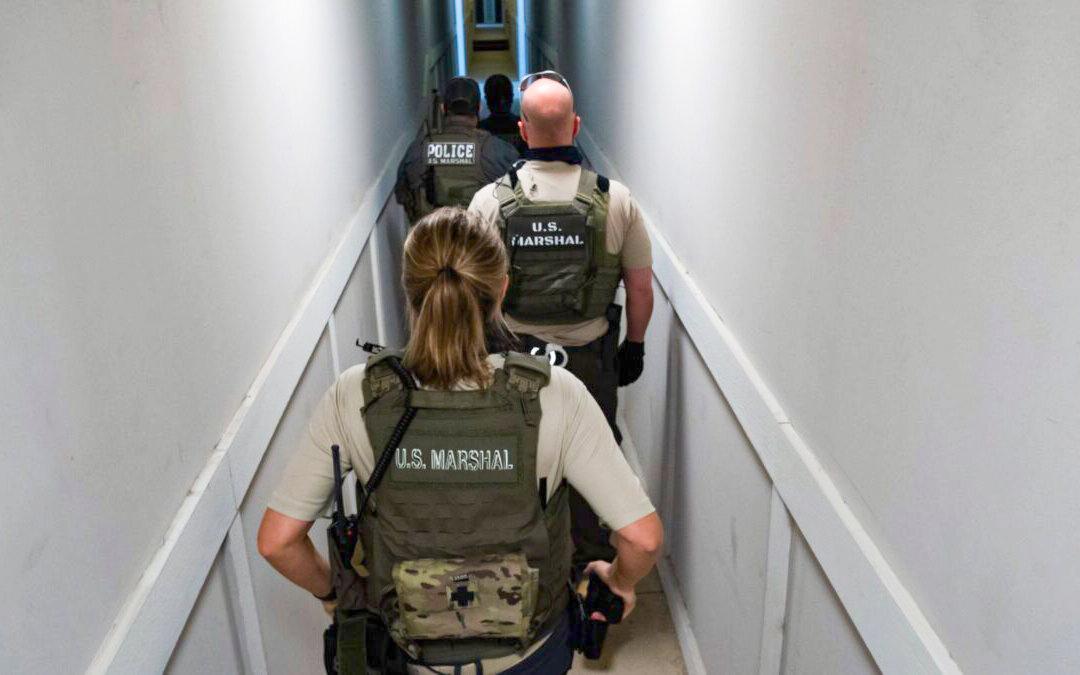A rural volunteer firefighter has called out Australian environmental authorities, claiming they must take responsibility for the catastrophic bushfires that are ravaging New South Wales and Queensland, and have claimed the lives of at least three people.
Firefighter Tyson Smith, who volunteers in Queensland, issued an emotional plea on Facebook on Nov. 10, which has since gone viral, receiving over 4,000 likes and nearly 6,500 shares at the time of writing.





